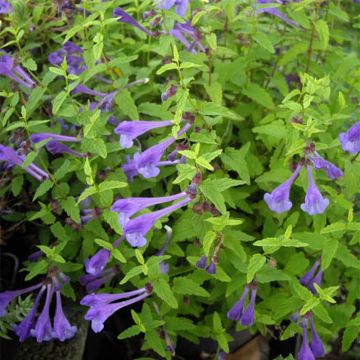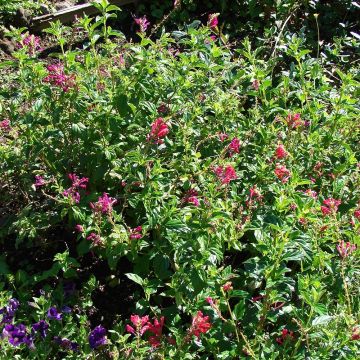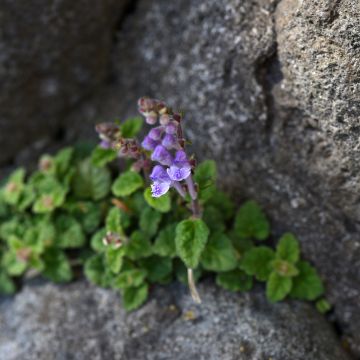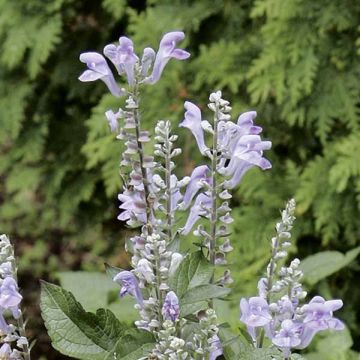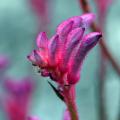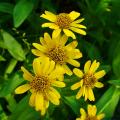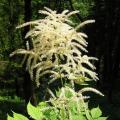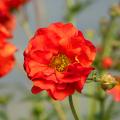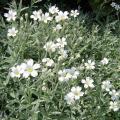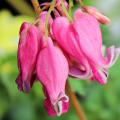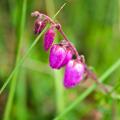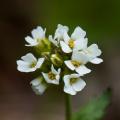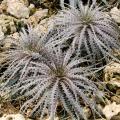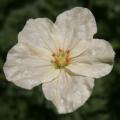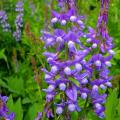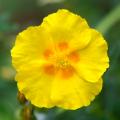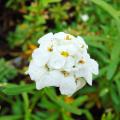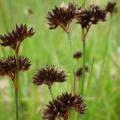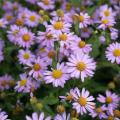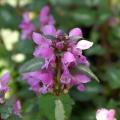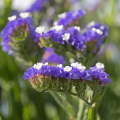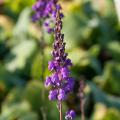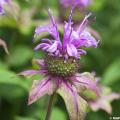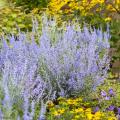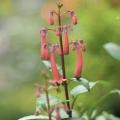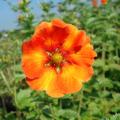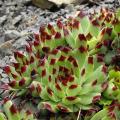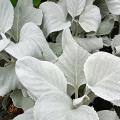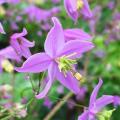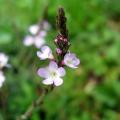Scutellaria - skullcap
Does this plant fit my garden? Set up your Plantfit profile →
Available in 1 sizes
Available in 1 sizes
Available in 1 sizes
Available in 1 sizes
Our range of skullcaps. The skullcap, in Latin Scutellaria, is appreciated for its flowers that resemble small caps. These perennial plants of the lamiaceae family come in several species and varieties, offering shades of blue (Scutellaria incana), violet, and sometimes pink in Scutellaria suffrutescens.
Scutellaria scordiifolia (galericulata), or Helmet Skullcap, is better known for its use in herbal medicine than in the garden, despite its ornamental qualities and ease of cultivation. Similarly, Scutellaria baicalensis, or Baikal Skullcap, with its beautiful bright blue flowers, is famous for its use in traditional medicine. Scutellaria lateriflora has small pale blue flowers and is often used as ground cover. Scutellaria incana, on the other hand, stands out for its clusters of lavender-blue flowers and its grey-green foliage.
Skullcaps prefer well-drained soil and a sunny to semi-shaded exposure. They tolerate drought well, making them suitable for different types of soil.
To maintain skullcaps, prune them lightly after flowering to encourage new growth. These plants are generally resistant to diseases and pests, making them suitable for beginner gardeners. However, it is important to monitor moist conditions that could promote the development of fungal diseases.
Haven't found what you were looking for?



































